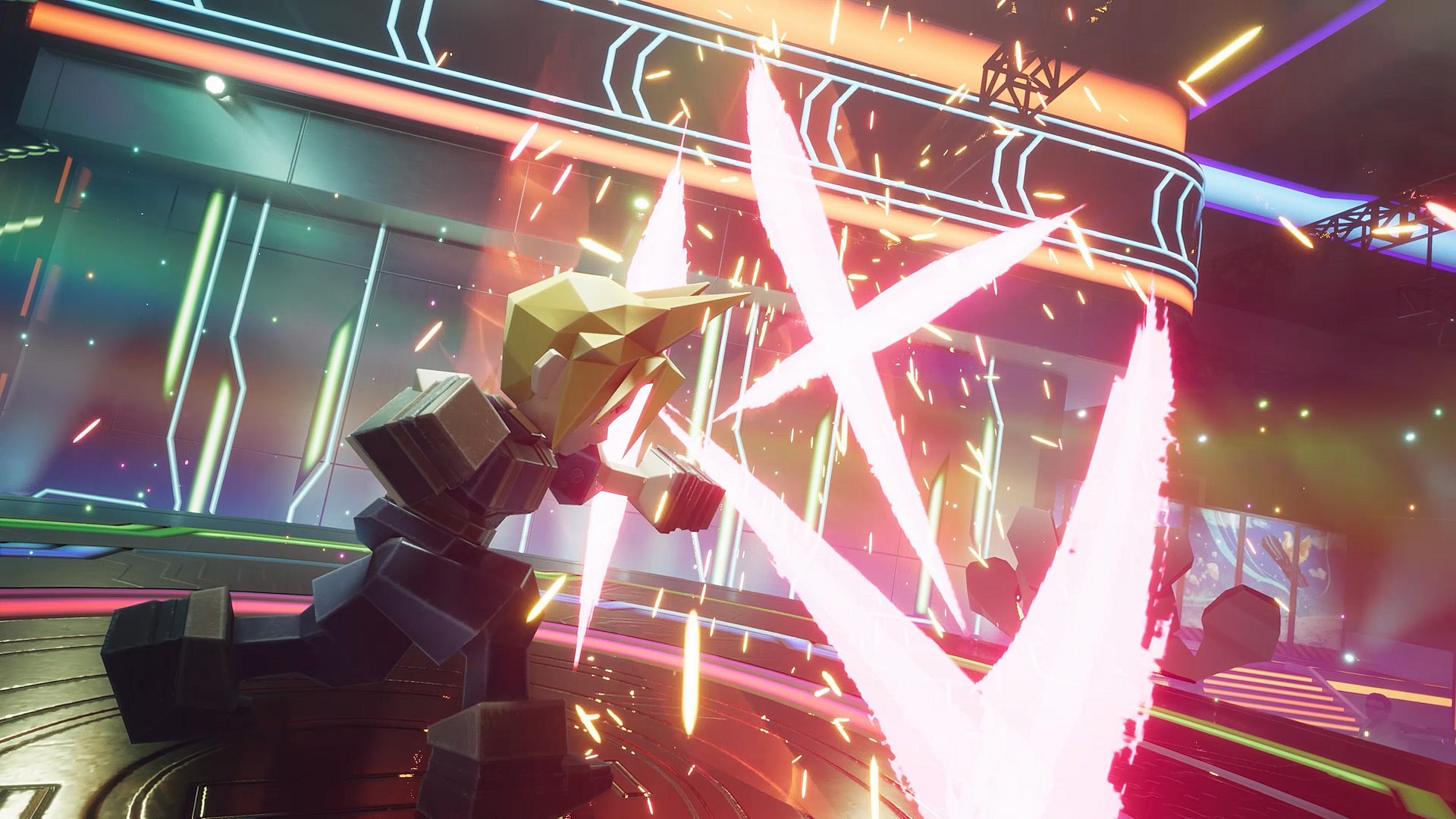Video Game Reviews•Video Games
‘Final Fantasy VII Rebirth’ Full Review – Perfection 27 Years In The Making

Pure. Unadulterated. Joy.
Over the years, Square Enix made a lot of promises regarding their plans to remake the 1997 classic – Namely that it would look as detailed as real-life, that its story would be both epic and intimate at the same time, and that they would not remake so until they had the resources and technical power available to do it justice.
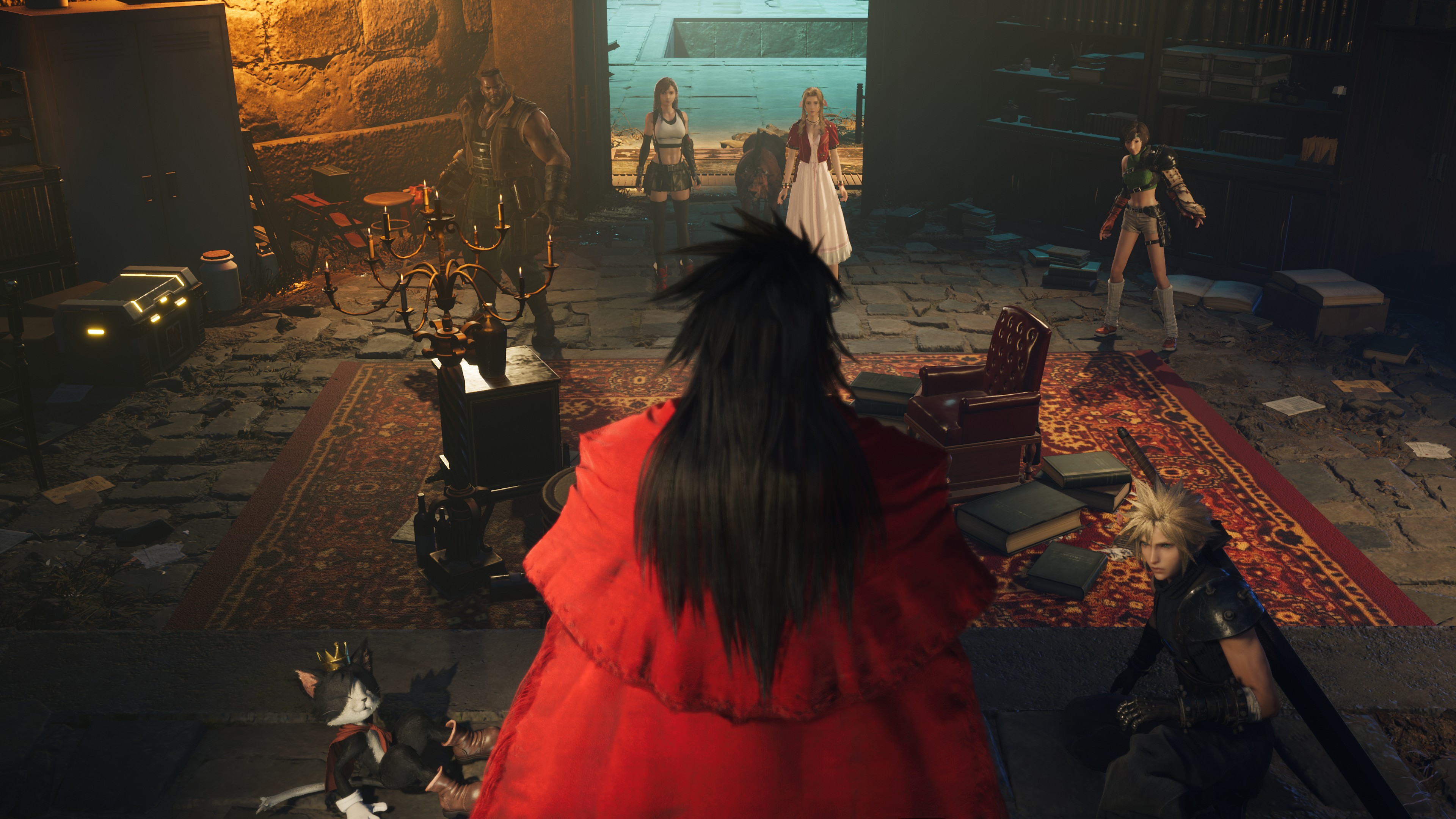
RELATED: Four Years After Release, Square Enix Censor Tifa’s Cowgirl Outfit In ‘Final Fantasy VII Remake’
Having spent 40 hours with the game across my three-day mad dash to complete this review and just barely scratched its surface, as the credits roll on Final Fantasy VII Rebirth, I feel tired, but I am grateful.
They delivered on all fronts. This game is perfect.
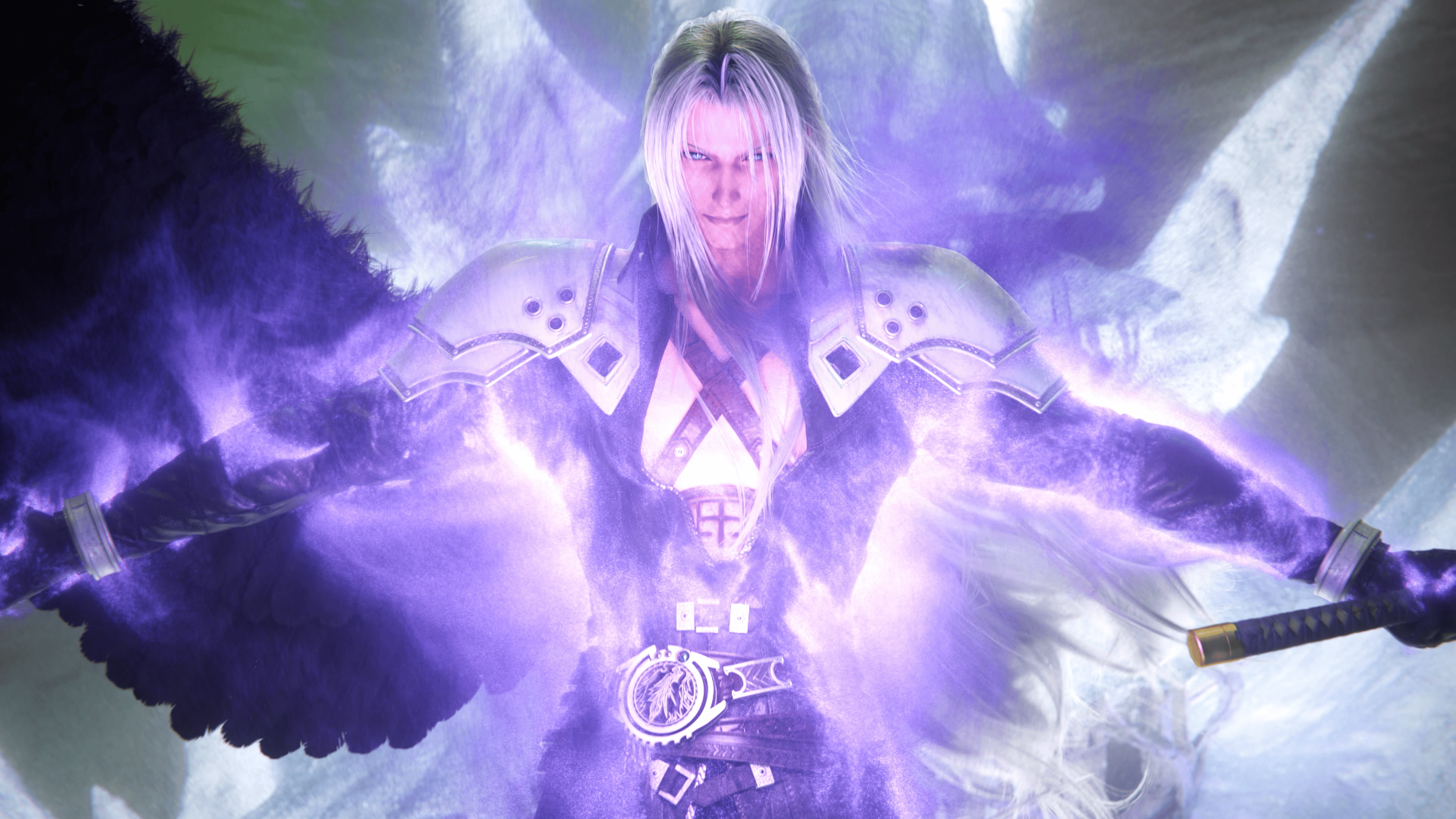
A quick recap: For those unaware, Rebirth is the second in a trilogy of games remaking – or more accurately building upon – the 1997 PlayStation original.
Upon its release, the game would not only revolutionize the RPG genre in too-many-ways-to-get-into-now, but also redefine the identity of its parent series, in doing setting a new standard of quality for story-based games.
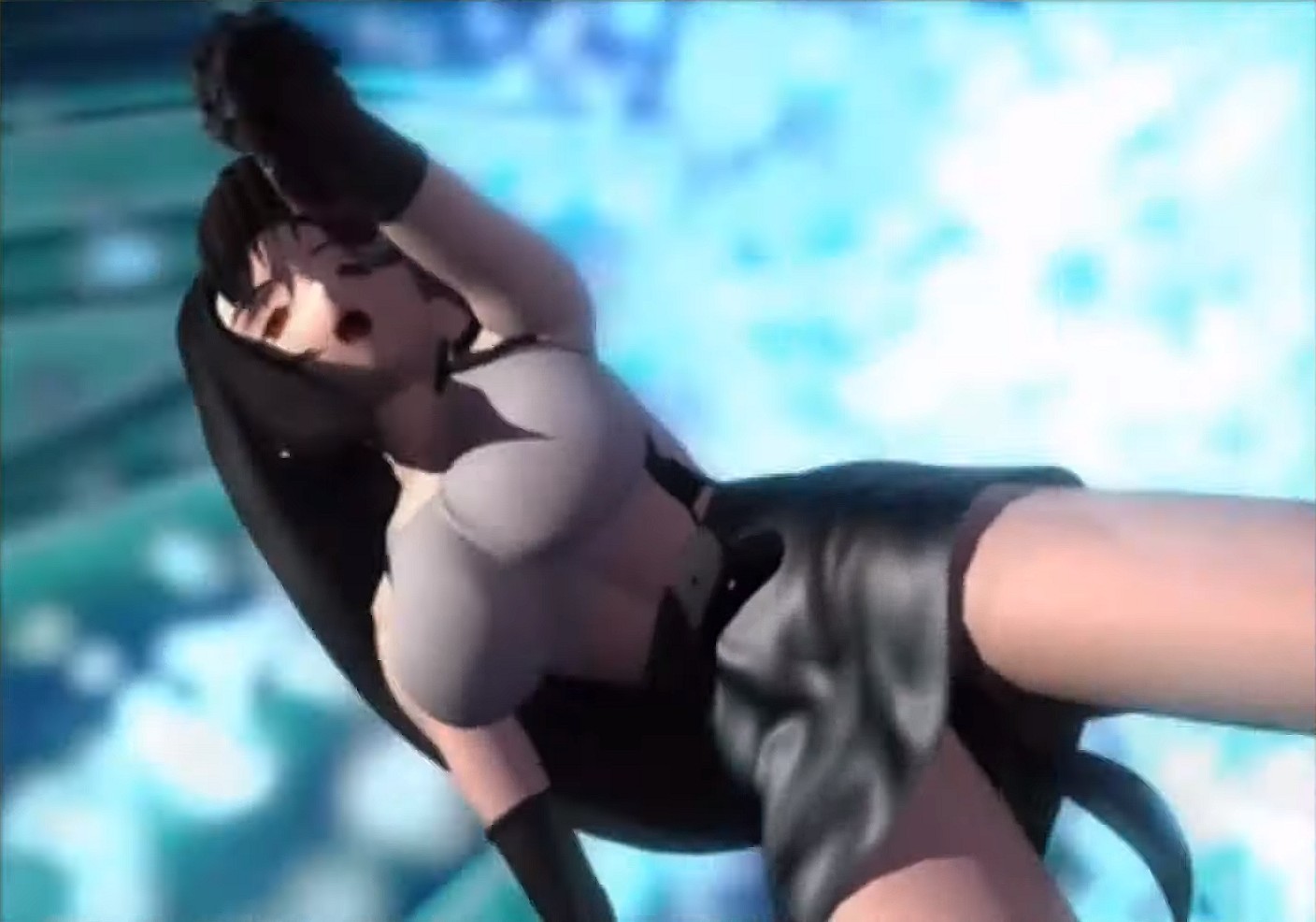
I was 8 when I first encountered Final Fantasy VII on a fuzzy CRT television. One Sunday evening following a tough first post-nasty divorce weekend with my dad, I snuck out to my grandma’s place to watch my uncles play a new game where a blonde dude wielding a big sword, his Mr. T look-alike friend, and their lion-like companion chased large terrestrial yellow birds and fought a white-haired madman.
Even though I didn’t own a copy, understand the story that well, or even get to play it, with its incredible battles, fantastic setting, and dramatic twists, FF7 became the fictional setting that my lonely heart would escape to in times of need.
When I finally got to play the game years later after begging my father to buy me a copy of the game on PC, I loved it. To this day, working my way through that clunky port is still my favorite gaming memory.

But I’m hardly unique in my love of FF7 – the game has captivated generations of players like almost no other title. Prior to the Remake trilogy’s actual greenlighting, the most common question fans had for Square Enix ever since the PS2 era was “When are you going to remake Final Fantasy VII?”
Of course, it’s not like there was no reason for the delay. Square Enix long said they were waiting for the technology to match their vision before remaking FF7. They wanted to make a remake that could look as smooth as the CG feature film Advent Children, itself a sequel to the original game. Trilogy director Naoki Hamaguchi even said that the scope of the Remake project was directly inspired by Disney’s 2017 live-action Beauty and the Beast, which attempted to modernize an old classic with a more realistic and detailed style.
And though the first entry in the trilogy came out in 2020, it was not until the release of Rebirth that the team’s ambition truly came to be realized.

Just like the original was for Final Fantasy as a whole, Rebirth is a game-changer for the Final Fantasy VII Remake project. In other words, playing Remake and then playing Rebirth is like going from two-dimensional games to three-dimensional ones – everything is bigger, richer, and more immersive.
Remake was a great game, but it was hamstrung thanks to a combination of the PS4’s limited hardware power and its reliance on the linear, cinematic gameplay-style that was particularly popular at the time. Further, it only covered the first act of the original game, and did so via one-way dungeons and scripted encounters.
Rebirth, on the other hand, seamlessly blends open-world environments, deep and varied gameplay, a plethora of minigames, and countless ways to interact with the story that are oh so intricate and subtle (For example, small dialogue choices like telling a joke to or making a verbal promise with another party member can directly affect what responses they give during your later conversations, sometimes even dozens of hours down the line).
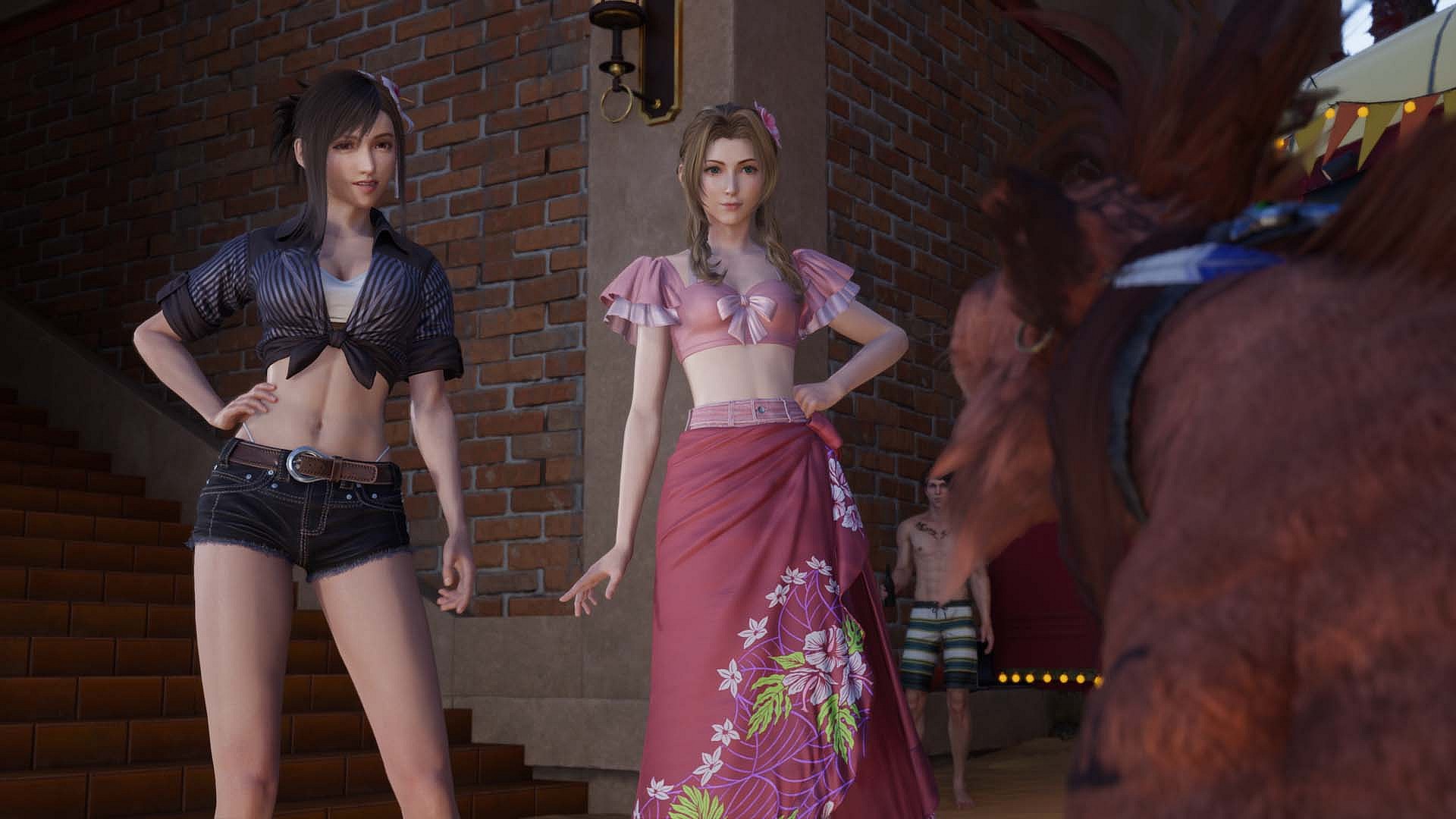
Rebirth is not just any game, but also a meta-commentary on the history of FF7 and its relationship with longtime fans.
It borrows from the best elements of previous Square titles, such as the open world of Final Fantasy XV and XVI, the music and atmosphere of Chrono Trigger, and the cinematic flair of Parasite Eve.
Its visuals resemble PS1 FMVs, while its use of Star Ocean’s companion and item systems as a source of inspiration are clearly on display. And, of course, it honors the musical genius of longtime Final Fantasy franchise composer Nobuo Uematsu, who is joined here by fellow composers Mitsuto Suzuki and Masashi Hamauzu.
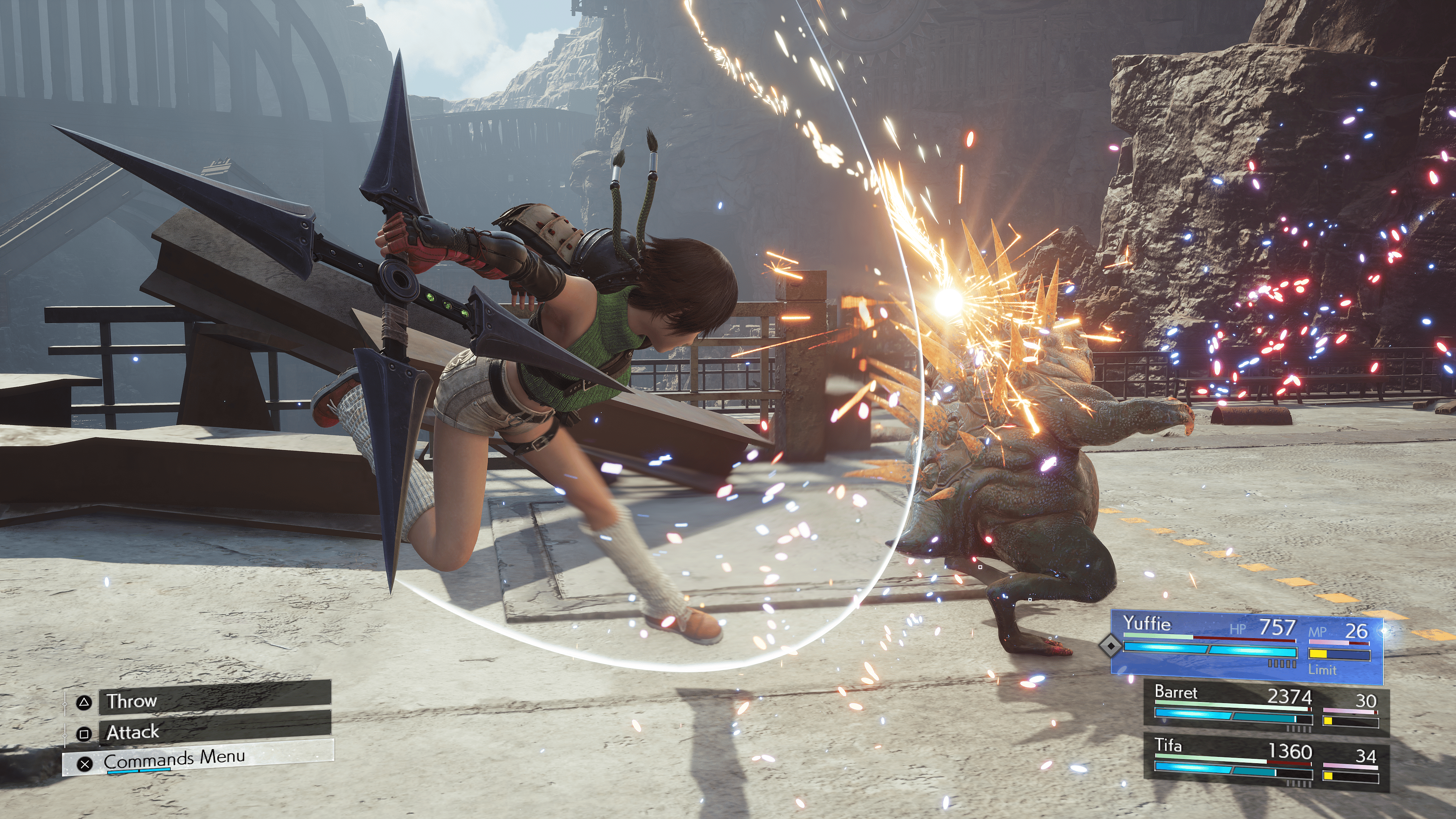
Out of respect for both Square Enix and interested players, I’m not going to say anything regarding the actual events of the game.
However, I will tell you that exploring the open-world, completing quests, and fighting monsters is as fun and kick ass as anything and the dramatic tension and storytelling are as enthralling as ever – perhaps even more so. This being a pseudo-sequel, you’ll constantly be asking yourself questions regarding the game’s possible points of divergence from the original, like whether or not a certain tragic heroine can be saved or what will happen if the lost hero ever has his full multi-timeline memories restored.
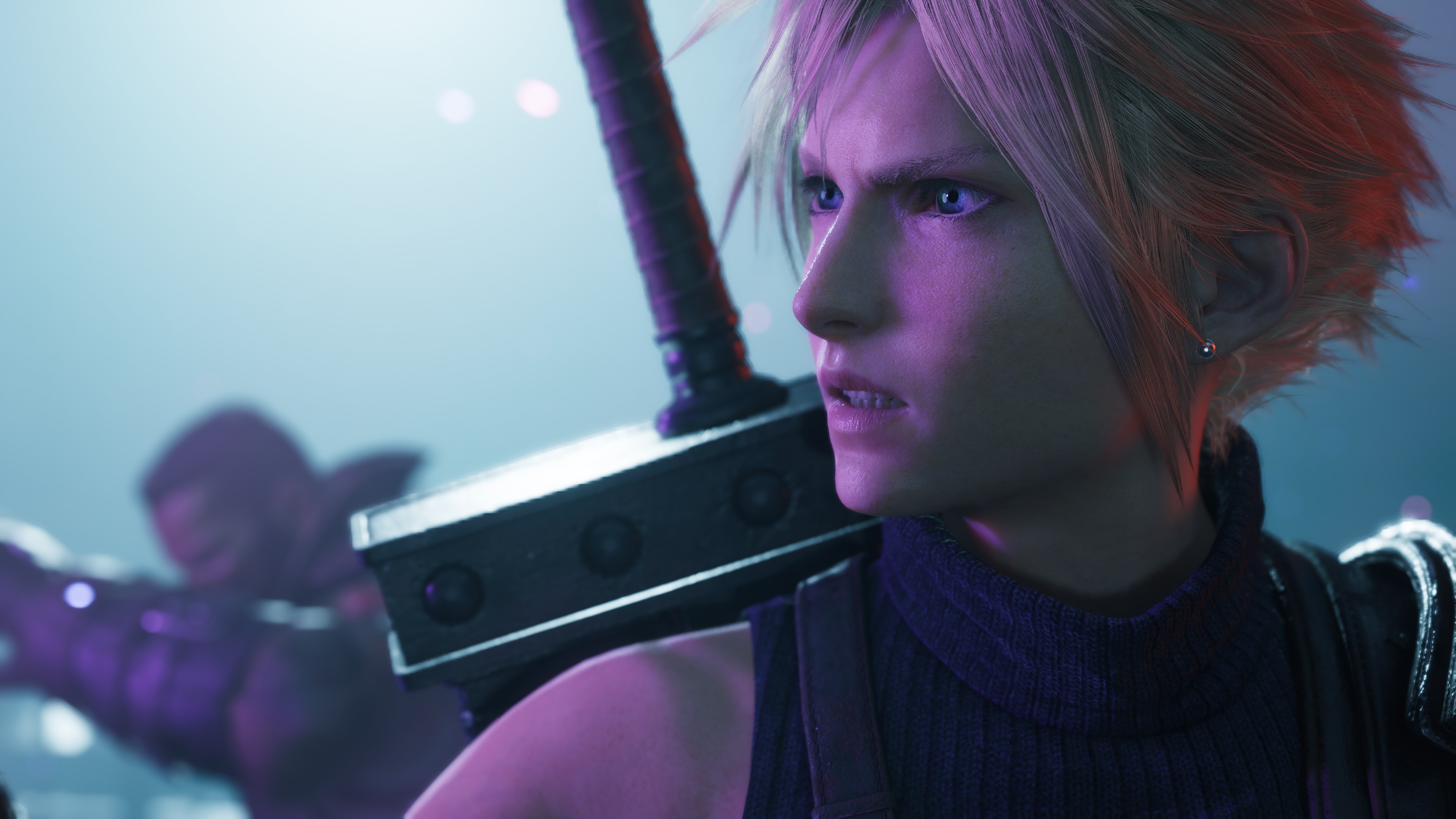
But perhaps the game’s highlight – or at least my favorite part of it – came in the form of the Golden Saucer casino.
Not only will the jokes in this section make you chuckle and the sheer masterwork of game design on display make you giddy, but it’s also when you get to officially meet-up with the most accurately realized video game character of all time, Cait Sith.
(Nothing you can say will ever change my mind. Look at how lifelike and realistic his character model is! That’s how he always looked in my head.)

And Rebirth has so many moments like that.
All throughout your time with the game, you will see FF7 as you always imagined it, true to the most minute detail as hand-crafted by the best designers in the industry.
Okay, I’m clearly biased, but at the end of the day my ‘geek out hat’ momentarily aside, there’s no other way to look at it: Rebirth sets a new standard for the medium.
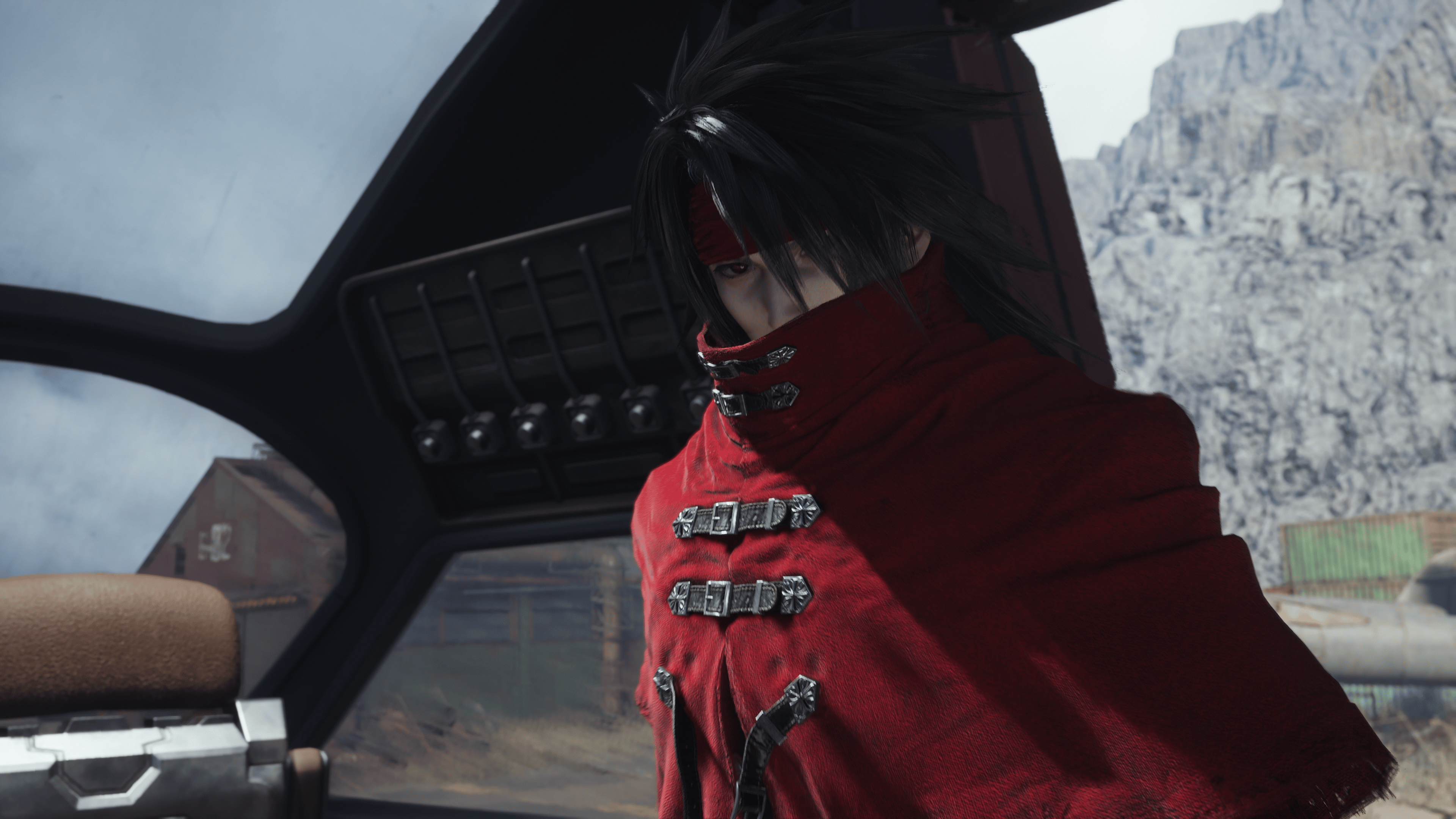
It is rare that I find find a game – or any story, in any format – that makes me think, feel, hope, and grieve the way Rebirth did, even after I stopped playing.
Due to the medium’s need to balance so many elements at once, such as gameplay, visuals, and so on and so forth, it’s inherently more challenging for video games to elicit such a response.
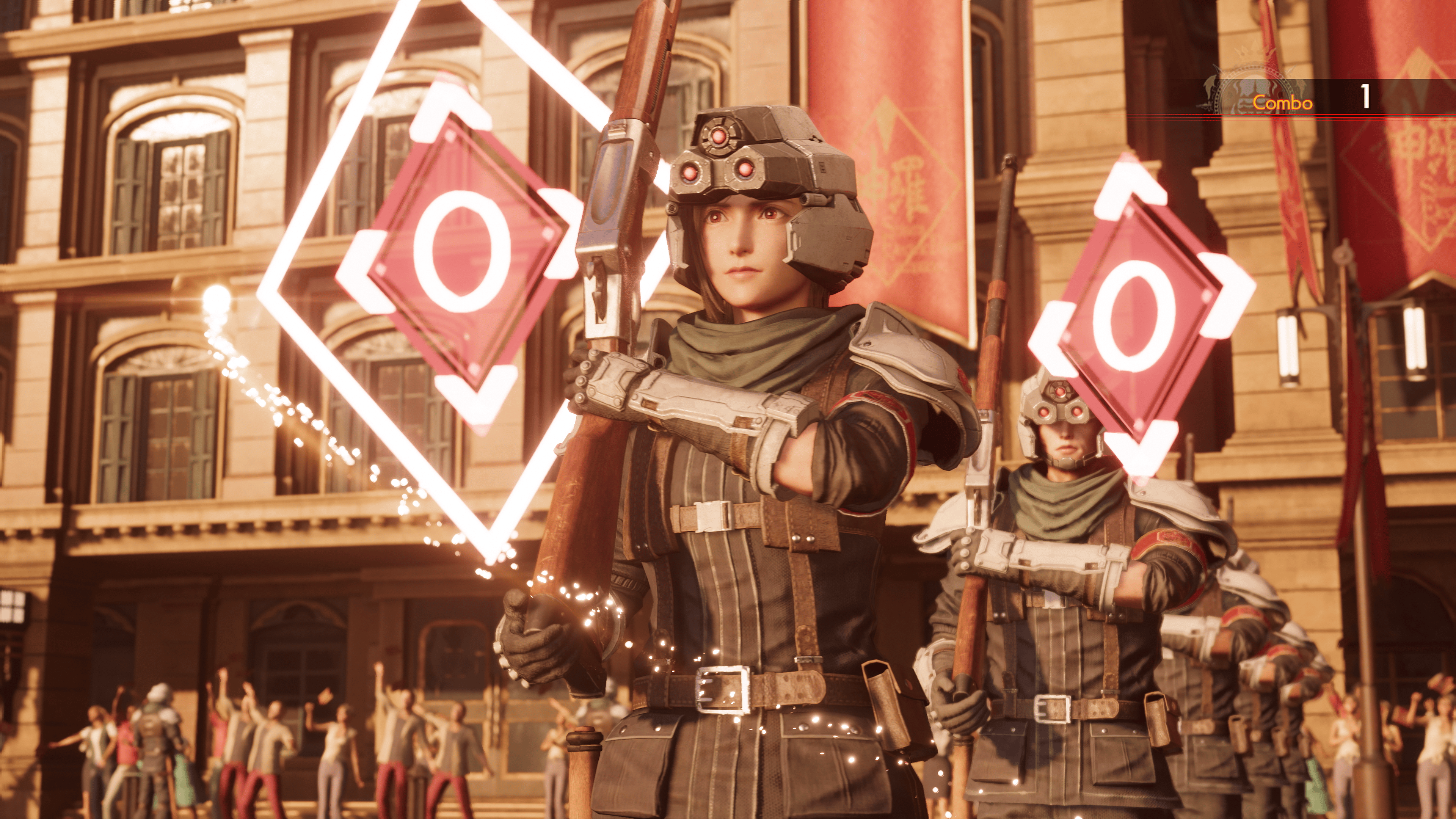
But when one does, that’s an achievement that should be celebrated and experienced by all.
The only question left is: How in the world can Square Enix hope to top this in the finale?
A review copy of this game was provided by Square Enix.
